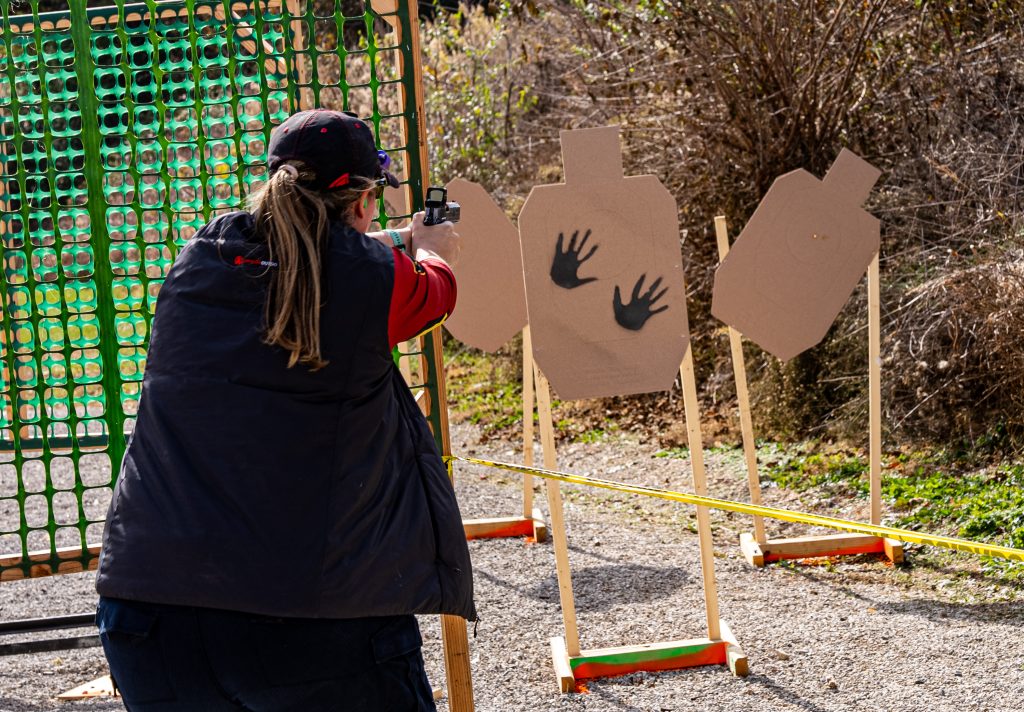About a year and a half ago, two slots opened up for a friend and me to shoot an IDPA match. We both shot PCC and struggled with how different the shooting sport is compared to USPSA and run-and-gun AK/Carbine-style matches. IDPA is a shooting sport focusing on accuracy, with speed almost a secondary aspect. Another friend of mine convinced me to sign up and shoot the Nighthawk Custom Firearms Regional IDPA Championship with my Nighthawk BDS9 pistol. What I learned is shooting IDPA with a PCC and a pistol are two very different things entirely.
What is the International Defensive Pistol Association (IDPA)?
The International Defensive Pistol Association (IDPA) is the governing body of a shooting sport that simulates self-defense scenarios and real-life encounters. It was founded in 1996 as a response to the desires of shooters worldwide. – IDPA.com
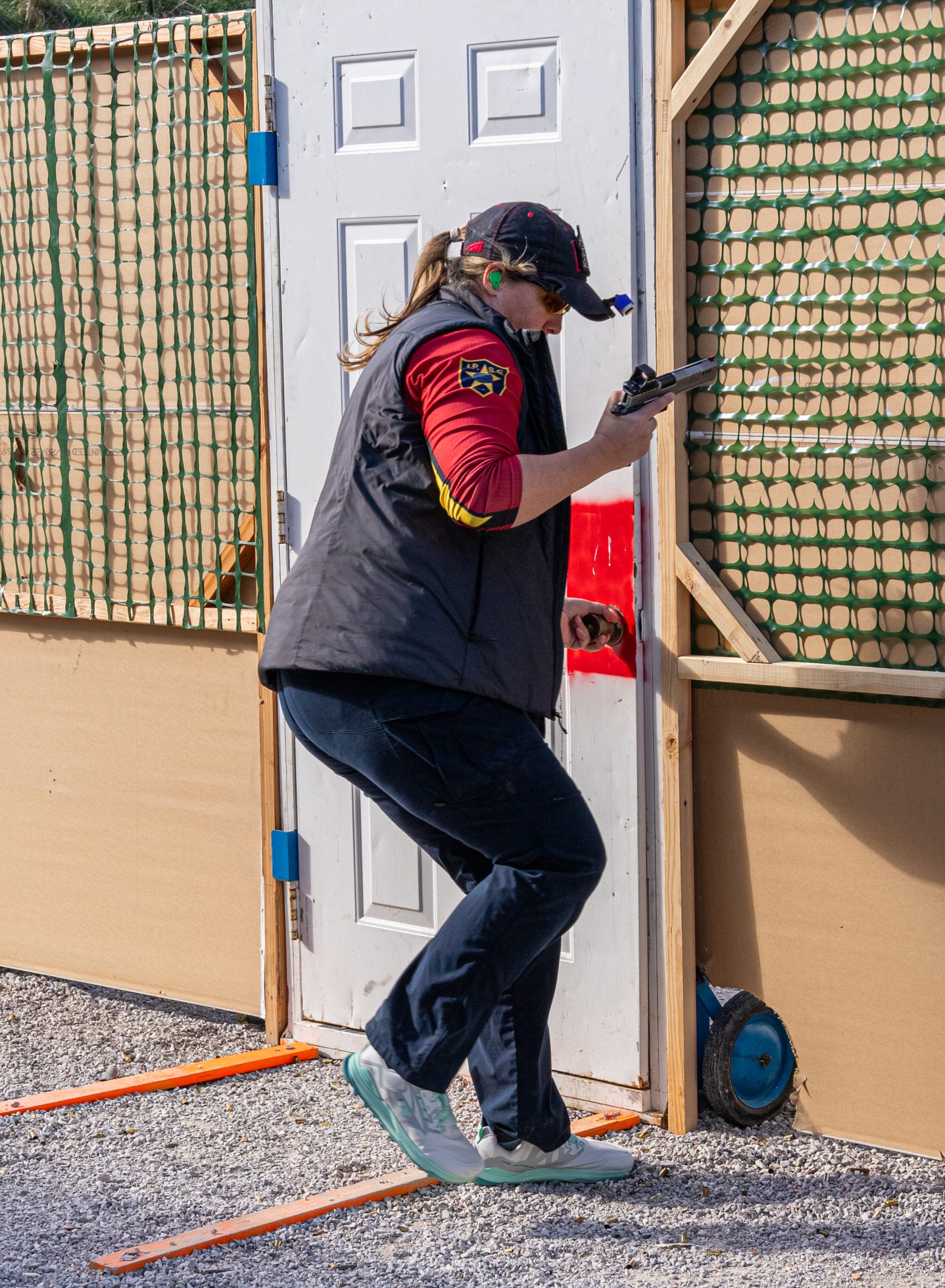
To sum up IDPA, IDPA is a shooting sport that focuses on using equipment practical for everyday carry and drawing and reloading from concealment under stress. The goal of the sport is to be “zero down,” meaning every threat you encounter is neutralized in the “zero zone,” the center of the target or the center of the head. In IDPA, you encounter threat and non-threat targets, as well as steel targets. Each stage is unique in providing obstacles to move around and a specific order of engagement for the threat targets.
Gear Check
The gear specifications for IDPA are extremely different compared to USPSA, Steel Challenge, and other pistol sports. I understand why the gear needs to be different, but it took me changing my holster and attachment style to become legal, and it turns out my magazines were illegal, too. The holster must be specifically designed for everyday defensive carry and must be completely concealed. Belts may be no wider than 1-3/4 inches or thicker than 5/16 inches and must pass through a minimum of all but two of the pant loops.
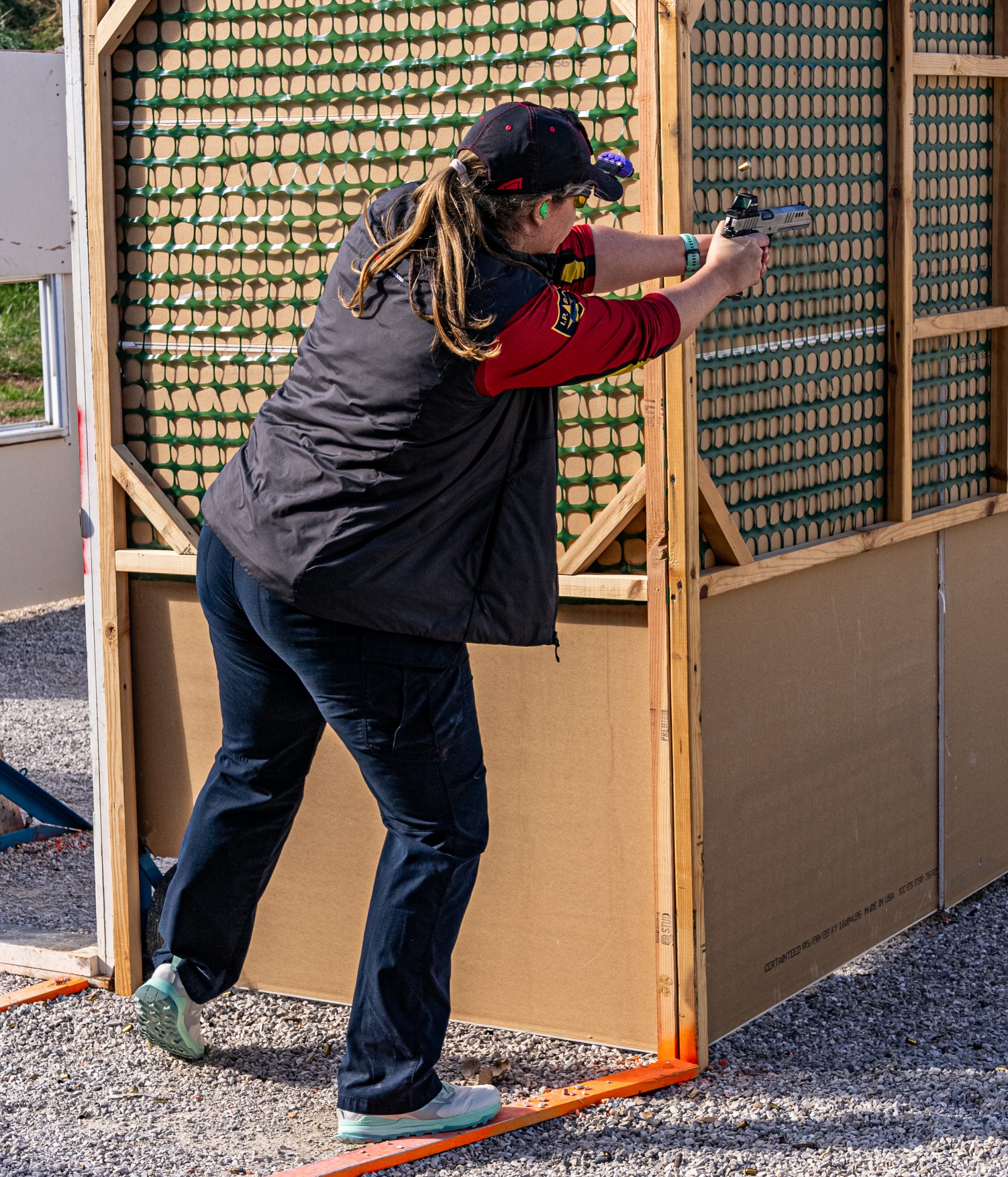
I always use an adjustable retention knob on my competition holsters to ensure I am safe when resetting targets so my gun doesn’t fall out. For IDPA, any adjustable retention devices are illegal, so I had to remove the knob and replace it with a holster screw. Since you aren’t allowed an inner and outer belt, I had to set up my holster and magazine pouches on TekLok attachments. I found out right before the match that my 140mm magazines were too long and didn’t fit in the box, so I borrowed some STI magazines that sit flush with the frame of my gun. All of this to say, make sure your gear is correct before going to an IDPA match and do a courtesy check once you arrive to ensure you don’t get disqualified from the match.
Ammunition Choice
For many shooting sports, there is a minimum power factor required for your ammunition, and in some sports, there’s a maximum velocity cutoff. With IDPA, many shooters reload their own ammunition, especially those shooting 45 ACP, to have a little less felt recoil compared to factory ammunition. These are the minimum power factors for each division:
- SSP, ESP, CO 125
- CDP 165
- Stock REV, CCP, 105
- Enhanced REV 155
- BUG 95
- PCC 135
I’ve been fortunate to shoot for Super Vel ammunition, and my 124 grain 9mm performed flawlessly in the Nighthawk BDS9 and met the power factor with no issue. I highly recommend finding a factory load that works for you or handloading your ammunition at least 5-10 over your minimum power factor if your powder is temperature sensitive. You never know where you may travel to shoot, and for peace of mind, it’s a good idea to know you have nothing to worry about if you load higher than the minimum.
PCC vs. Pistol in IDPA
The PCC division became popular in USPSA and IDPA years ago and was practical for many people who wanted to practice CQB for their law enforcement or military job roles. And then there were shooters like me who just found shooting a PCC fun and wanted to compete in shooting sports with it. The rules for shooting PCC and pistol in IDPA are night and day different. With PCC, no cover garments are required. Depending on the pistol division and gun you compete with, your total capacity can vary from 6 to 8, 10, or even 15 rounds. For PCC, competitors can load up to 30 rounds in their magazine. In IDPA, no string of fire can require more than 18 rounds, so PCC shooters most likely don’t have to perform a reload on these strings of fire; pistol shooters will have to reload at least once. Of course, moving with a pistol and moving with a carbine are very different, but the biggest difference between the two was having to plan reloads and not having any spare rounds to make up shots with.

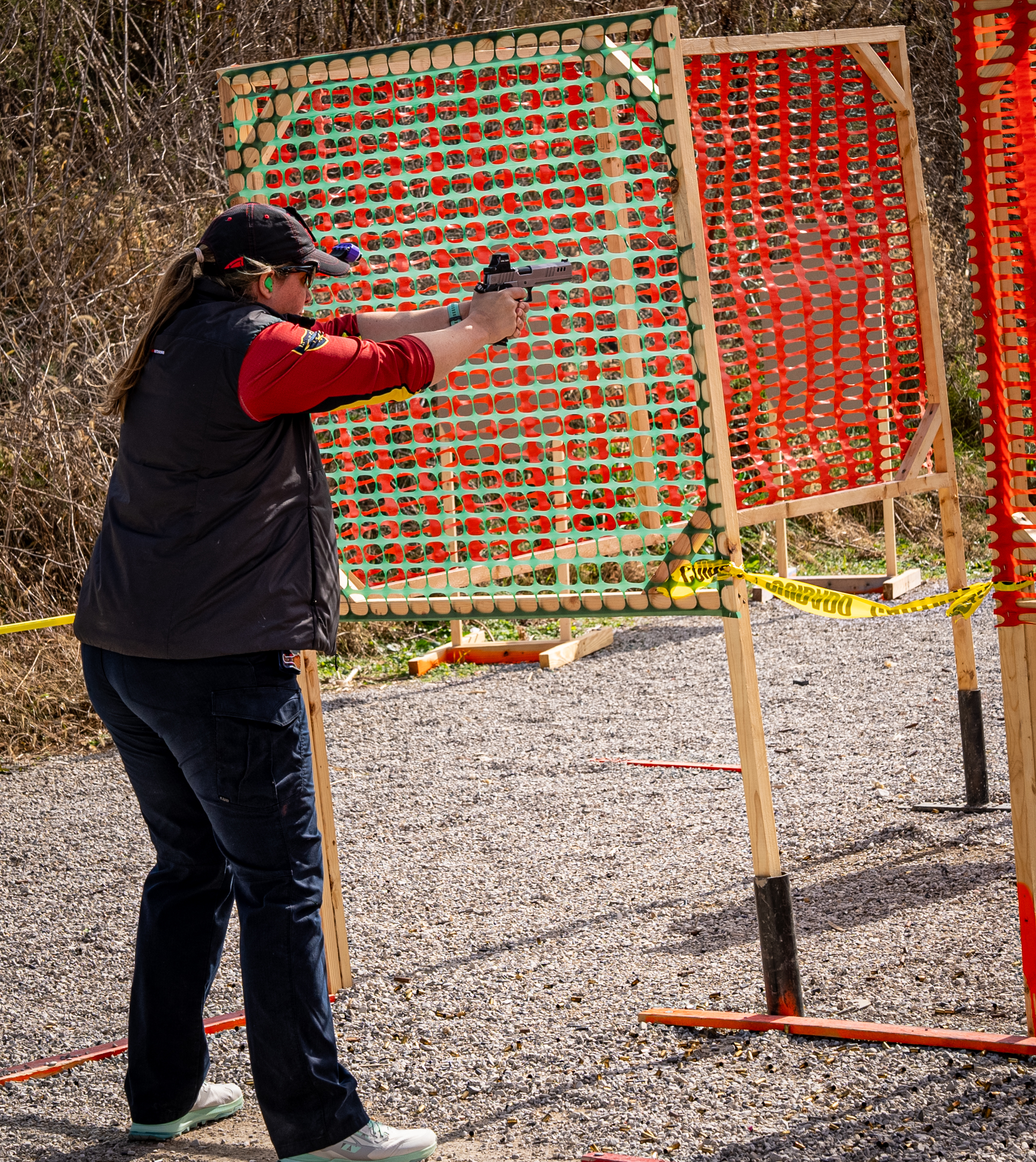
Nighthawk Custom Firearms Regional IDPA Championship Recap
The first two stages of the match made me super nervous. I was surprised at this because I’ve shot hundreds of matches, but because I didn’t really understand the game, it was like starting all over again. The match had a mix of fun and challenging targets. My favorite stage was a shoot house with targets on either side of the house, on the inside, through windows, and even one in a closet. It was a blast to navigate and shoot through that. I had two penalties out of the ten stages and a warmup stage. I missed a shot on a target, and I hit a non-threat swinging target. Those penalties are high in time, adding 5 seconds of penalty per miss or non-threat hit. I had one clean stage, and to be able even to have a clean stage on my first time shooting IDPA for real means a lot. It’s more challenging than people think to get out there and have zero points down.
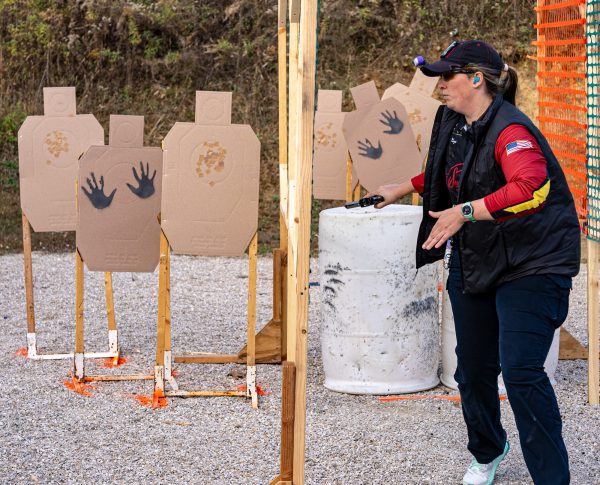
I had to get used to drawing from concealment while wearing a vest. I don’t typically wear vests, and I almost never OWB carry. It was a good lesson for me to practice if I ever decide to carry a gun in this fashion. I’m more of an IWB carrier, but this particular range didn’t allow you to appendix draw even though it’s legal in IDPA.
I think overall, IDPA is a good test of equipment as well as your gun and ammunition. If you carry a gun daily, you should definitely use IDPA as a training arena for everything you use. The pressure of the timer still adds stress to your ability to think and move under duress. It’s also eye-opening to see your hits on static targets, your ability to nail steel one-for-one, and impact moving targets.
Match Results
I was thoroughly surprised by my match results. The day before the match, I was asked to come to the range to shoot a classifier to get a ranking essentially. I hate classifiers because they’re not indicative of the shooter whatsoever. A classifier typically requires you to shoot from one distance with no movement and will add some strong or weak hand shooting to the mix. One string required a reload, which I completely messed up, and once you mess that up, your classification chances to get to where you want to be aren’t good. I classified as a Marksman, the second from the bottom regarding rankings.

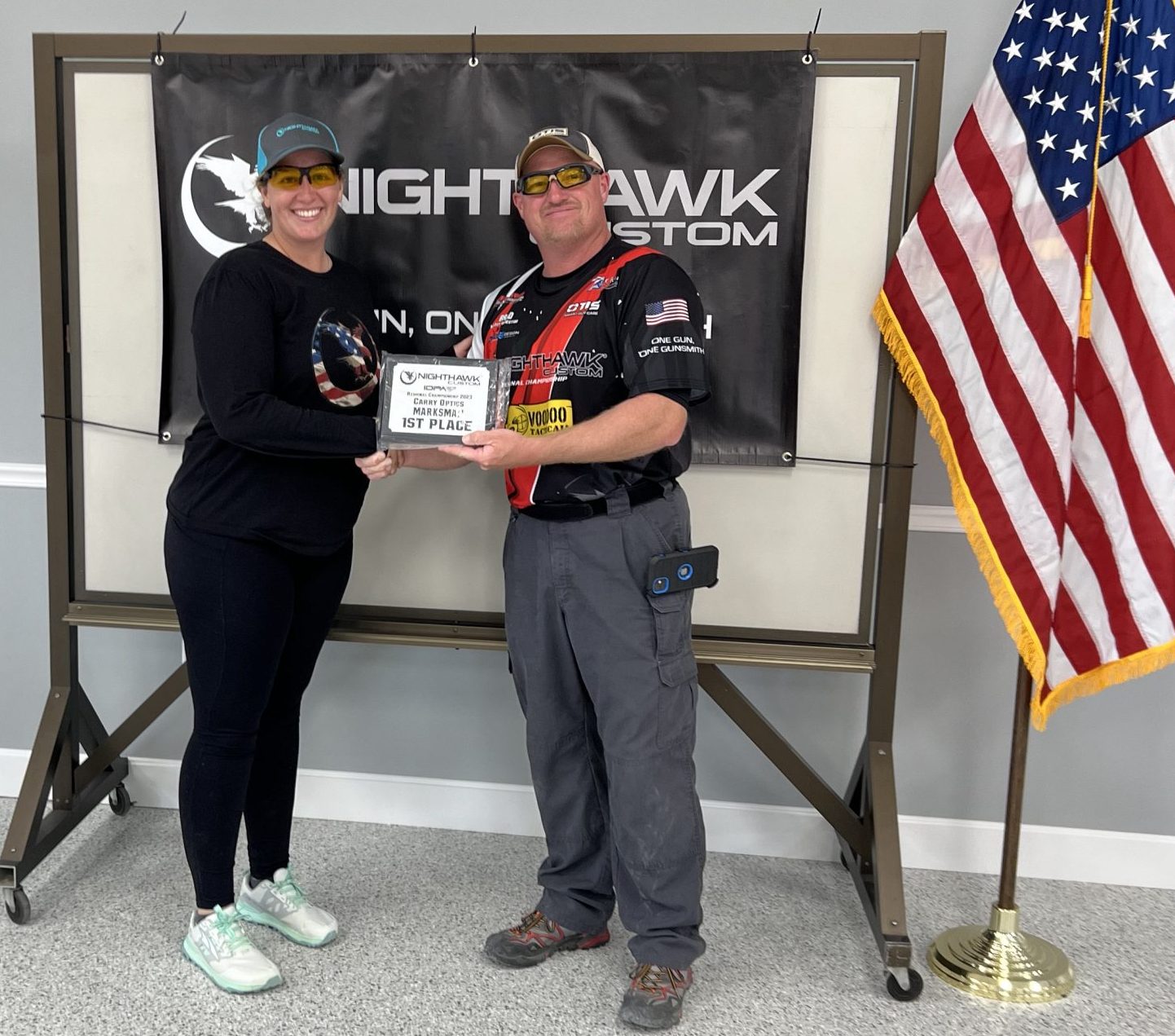
I managed to win the Marksman category in Carry Optics, and because of my overall performance, I received a match bump to SharpShooter. I landed 8th out of 49 shooters in Carry Optics and placed 31st out of 134. I won High Lady of the match as well. I genuinely surprised myself with what my capabilities are as a shooter. I really focused on only staring at the zero-down part of the targets, rather than my usual 3 Gun instincts to “see brown and pull the trigger.” I learned a little about how to game stages and had a lot of practice reloading my gun. It was a great time overall, putting my training and skills to the ultimate test, and I would say I passed! I’m looking forward to trying it again with the lessons I learned to see if I can do even better.
ABOUT THE AUTHOR
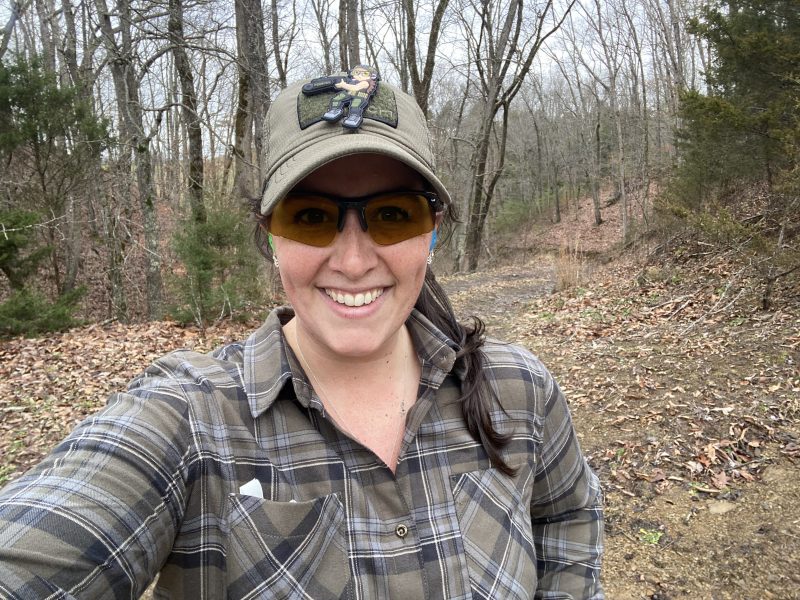
Kenzie Fitzpatrick is a professional competitive shooter and an active blogger for many firearm websites. As an NRA-certified instructor and National Range Officer Institute Chief Range Officer, Kenzie trains new shooters on basic firearm safety, brings new shooters to competitive shooting and works major matches across the country. She has a passion for teaching people how to carry concealed and is a positive ambassador for the Second Amendment. Kenzie is also the host of the Reticle Up Podcast, where she interviews competitive shooters, hunters, anglers, archers, entrepreneurs, and outdoorsmen.
![]() You may also enjoy these popular articles:
You may also enjoy these popular articles:
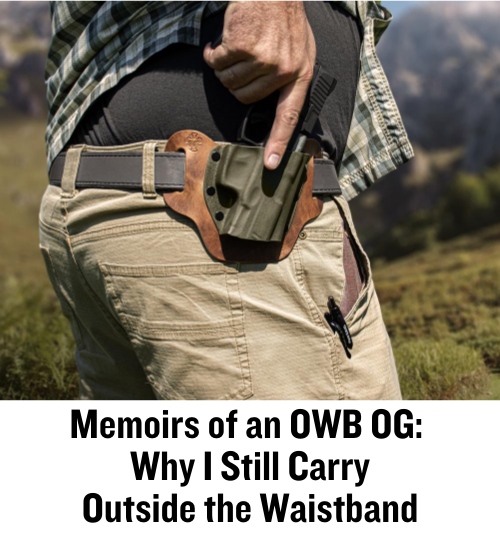
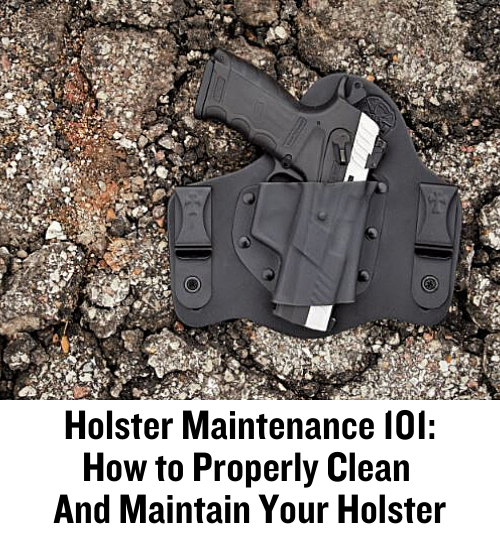
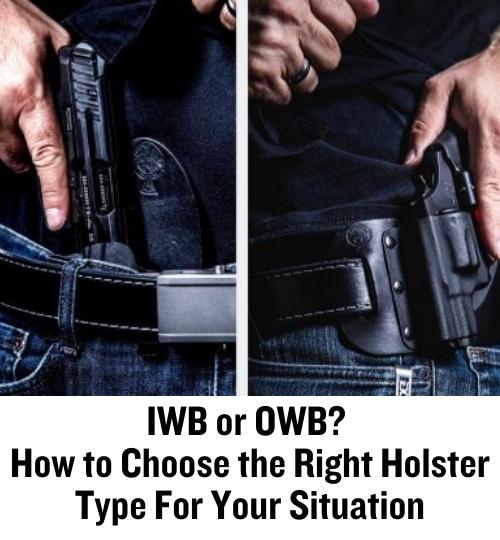
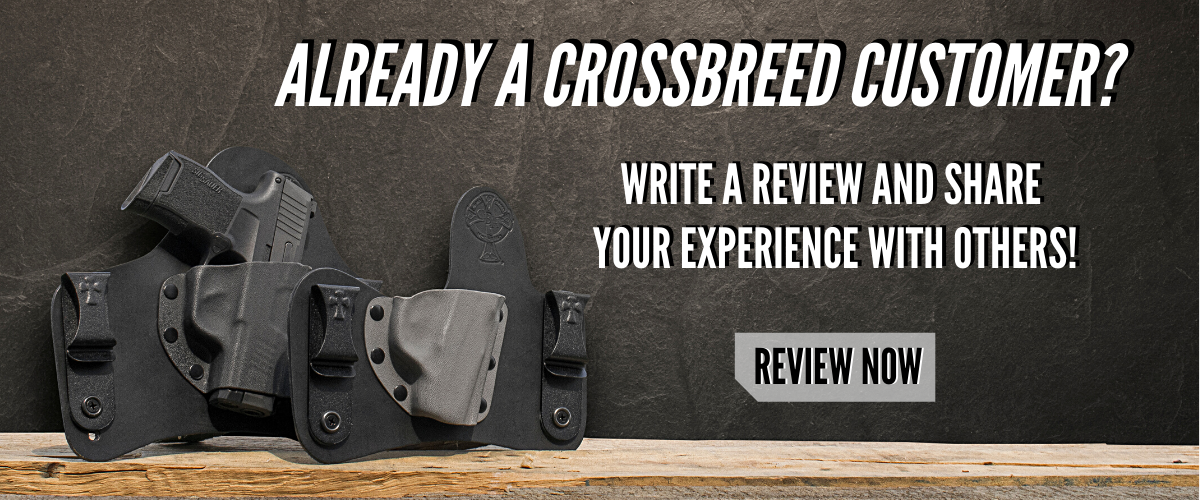
©MTC Holsters, LLC and CrossBreed Holsters Blog, 2021.
Unauthorized use and/or duplication of this material without express and written permission from this site’s author and/or owner is strictly prohibited. Excerpts and links may be used, provided that full and clear credit is given to David Workman and the CrossBreed Blog with appropriate and specific direction to the original content.
![]()

